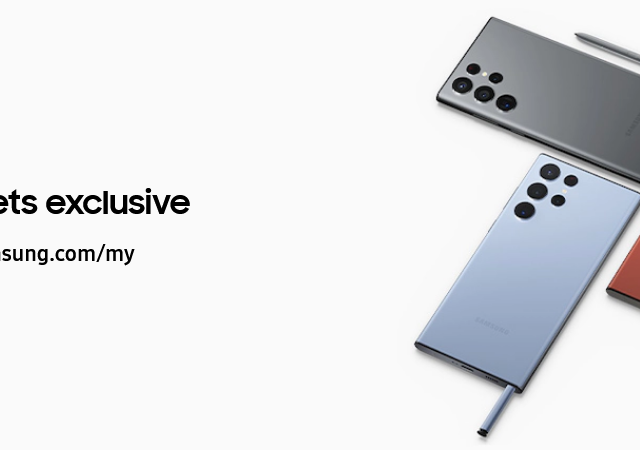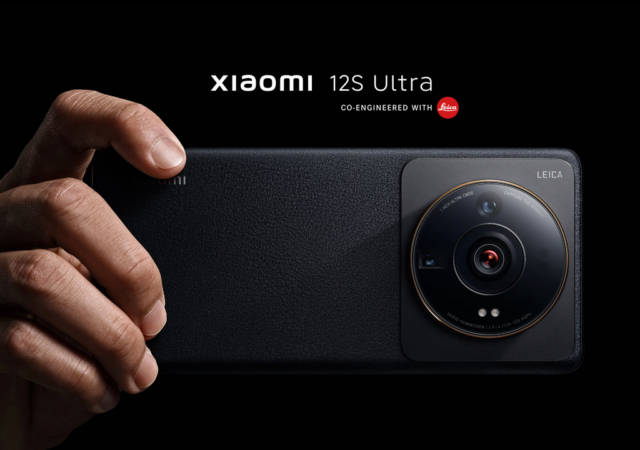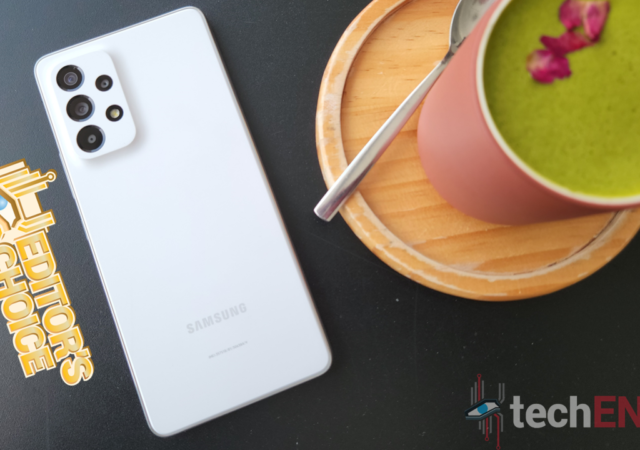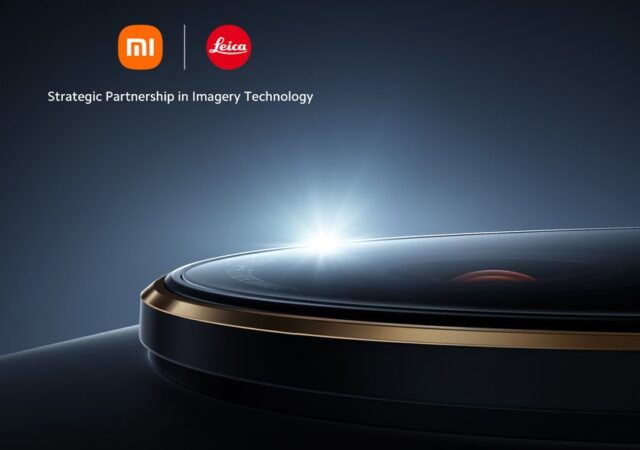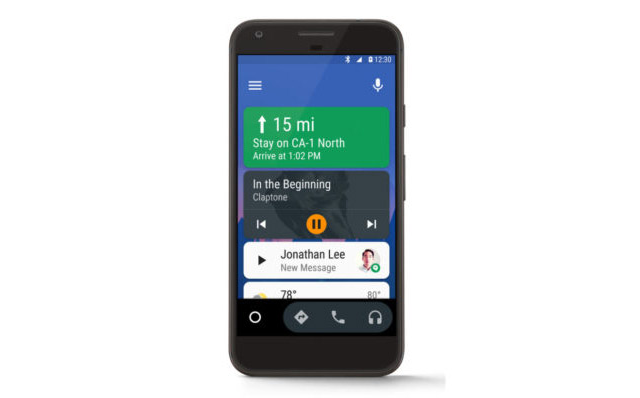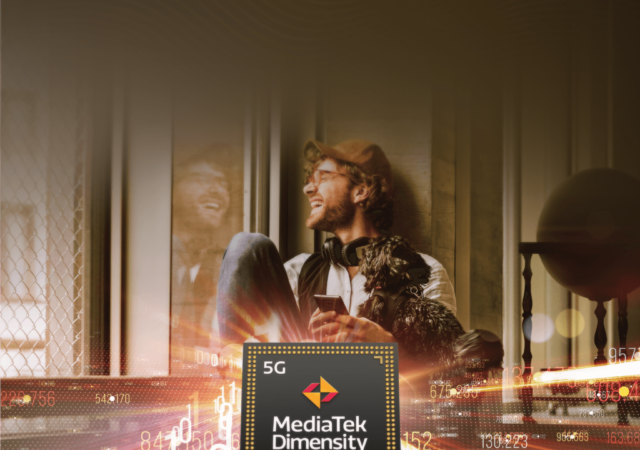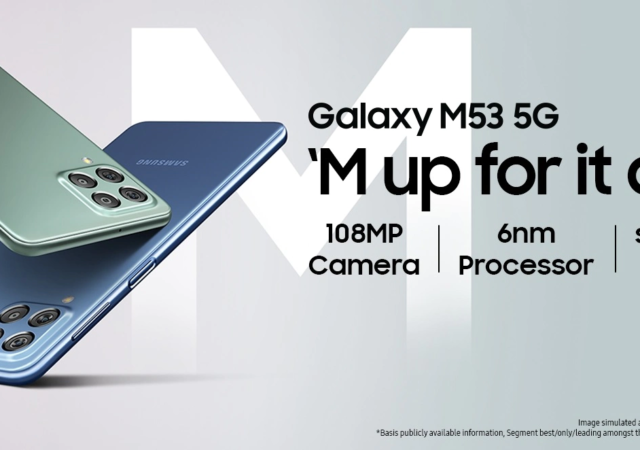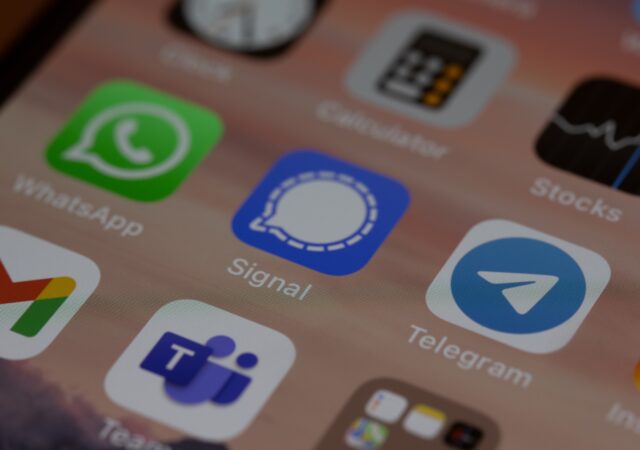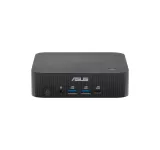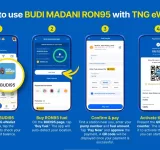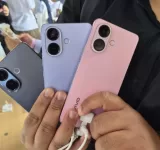HTC quietly announces a new mid-range tablet – the HTC A101 – in South Africa and Russia.
Samsung Launches Online Exclusive Colours of the Samsung Galaxy S22 Ultra in Malaysia
Samsung Malaysia announces three new colours for the Samsung Galaxy S22 Ultra which will be available exclusively at samsung.com.
The Xiaomi 12S Ultra with Leica Co-Engineering Spearheads Xiaomi’s New Flagship Lineup
Xiaomi unveils a new lineup of flagship smartphones spearheaded by the Xiaomi 12S Ultra with Leica Co-engineered camera technology.
Samsung Galaxy A53 5G In-Depth Review: A Delicate Balancing Act That Pushes the Mid-range Further
Samsung’s Galaxy A53 is the mid-point of its revamped mid-range lineup. How does the true mid-ranger fare? We’re breaking it down.
Xiaomi and Leica’s Partnership is Real – First Devices to Feature Leica Branding Coming 4th July 2022
Xiaomi is launching their new flagship soon. Their new flagship also comes with a camera that is co-engineered with Leica.
Android Auto Says Goodbye to Phone Screens
Android Auto for Phone Screens seems to be bidding users farewell as Google starts limiting compatibility.
MediaTek Takes on Flagships with Dimensity 9000+
MediaTek announces the Dimensity 9000+ SoC for flagship smartphones with a ultra-powerful Cortex-X2 at its core to take on Qualcomm’s best.
Sony Xperia 1 IV Available For Pre-order in Malaysia with Free WF-1000XM4
Sony’s latest flagship smartphone, the Xperia 1 IV, goes on pre-order in Malaysia for MYR6,099.
Samsung’s Galaxy M53 5G Available for Pre-order in Malaysia
Samsung silently puts the Galaxy M53 5G up for pre-order in Malaysia making us wonder where the Galaxy A series stands.
Telegram Looks to Add Paid “Premium” Tier
Telegram looks to expand its app development by introducing a new “Premium” tier which will give users perks for a fee.




